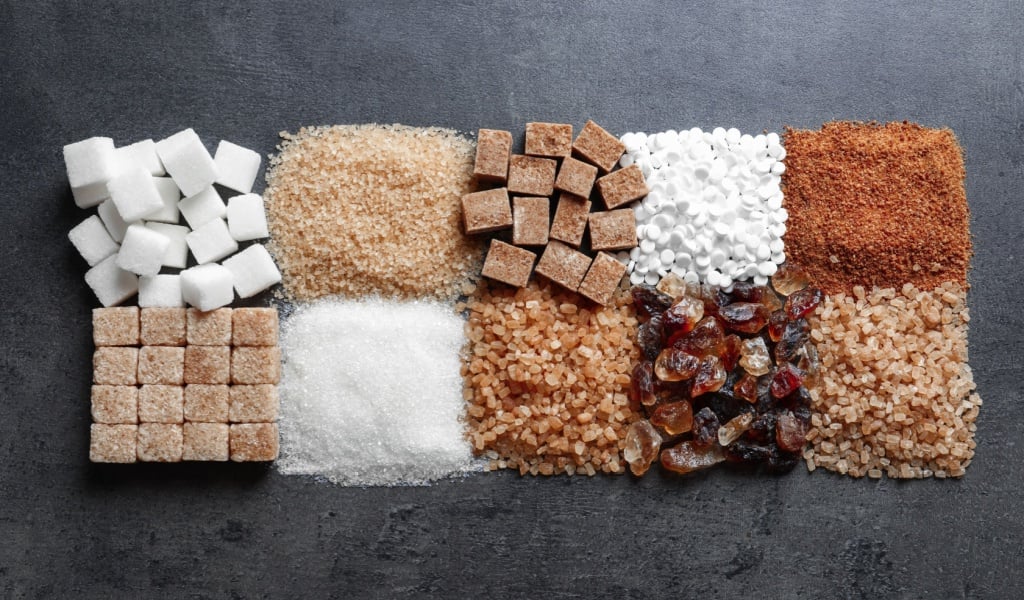Who doesn’t love a bit of fried dough dipped and filled with all kinds of yumminess? These sugary circles are always a hit at parties and celebrations. Some of us prefer our donuts glazed, while others may like them dusted with powdered sugar or stuffed with chocolate or cream. Whatever your preference, they’re always a crowd favorite!

Donuts come in various shapes, sizes, and flavors and can be found in bakeries, cafes, and supermarkets worldwide. The origin of this sweet treat can be traced back to ancient times when chefs would fry small pieces of dough in oil and name those oil cakes or fried dough. The modern name ‘donut’ is believed to have originated in the mid-19th century in the United States.
To make their offerings more visually appealing, bakeries are now trying to create trendy products, such as donut towers, donut bouquets, themed donuts for birthday parties and bridal showers, shaped donuts, cheesecake donuts, sprinkled donuts, and even heart-shaped ones.
But have you wondered what makes donuts so tempting that you crave them every time you think about them? There are several factors that make donuts the ultimate temptation. Surprisingly, they are related to our culture, genetics, and tactics employed by the food industry. Let’s delve deeper into donuts in this article.
Evolution
Long ago, our ancestors did not have the luxury to enjoy food as we do today. When they were served food, they had to eat as much as they could to save the energy needed for survival. When they were hungry, the chances of getting food immediately were lower. Over the years, it became a habit to eat high-calorie foods whenever they were available. This is how donuts came into the scene; they satisfied deep-rooted cravings with their irresistible, soft fried dough and sugary toppings. Our taste buds recognize them as an energy source and assume they receive the maximum amount of pleasure through their consumption.
Artificial Sweeteners
Homemade donuts may use regular sugar, powdered sugar, or even honey for a “healthier” alternative, but store-bought ones aren’t the same.
They typically contain artificial sweeteners like aspartame, which are sweeter than natural sugar and are also likely to trigger more intense cravings.
The Sugar and Fat Combo
On their own, sugar and fat are both tempting, but when combined, as in donuts, they can lead to various neurological consequences. The deadly combination of sugar and fat stimulates your brain and makes it feel good, thereby creating an addiction to sweets and cravings for more.
Texture and Warmth Matter, Too
We often overlook the importance of texture and temperature in our food experience. Donuts are typically crispy on the outside, soft and fluffy on the inside, and best when warm and fresh. That soft texture makes them easy to eat and, even worse, easier to overeat.
Warm foods also feel comforting, which is why a fresh doughnut feels more satisfying than a cold one.

The Common Factor- Emotional Eating
Emotional eating has become a widespread phenomenon in modern times. Many of us link donuts to positive experiences: a weekend treat, a reward after a tough week, or a pleasant morning shared with friends and coffee. And these emotional connections strengthen our cravings. When you are sad or stressed, you tend to eat something sweet, and donuts are likely one of your first choices, probably because of our ancestral genes.
Modern Life Makes It Worse
In the past, foods like donuts were occasional treats. Your mom may have made them for a special occasion, or your dad might have made the trip out to the bakery on a rare Sunday morning. Now, they are available 24/7 in grocery stores, gas stations, on food delivery apps, and at bakeries on every corner. Add marketing, Instagram-worthy creations, and limited-time flavors, and suddenly, we’re not just eating out of hunger; instead, we’re eating for excitement.
Can You Outsmart the Craving?
Yes, you can. Even though it sounds tough, when you give it a try, it may not seem as impossible as you think. Here are some ways to enjoy donuts without falling into the ‘sugar trap’:
- Mindful Eating: Eat slowly and taste each bite. You will feel satisfied with less.
- Limit Frequency, Not Joy: Don’t eat them daily, but when you do, make it a special occasion.
- Pair with Protein: If you must indulge, pair it with a protein source, such as eggs or nuts. This helps balance blood sugar.
- Understand Why You Need to Eat: Ask yourself, ‘Am I actually hungry, or just bored/tired/stressed?’
Following these simple tips and eating consciously can help you outsmart your cravings.
Conclusion
In a world that moves too fast, the doughnut reminds us to take a sweet pause. It is simple, nostalgic, and indulgent. However, remember that even though our bodies are designed to crave what they offer, it does not mean we are powerless against these delicious pieces of fried dough!



